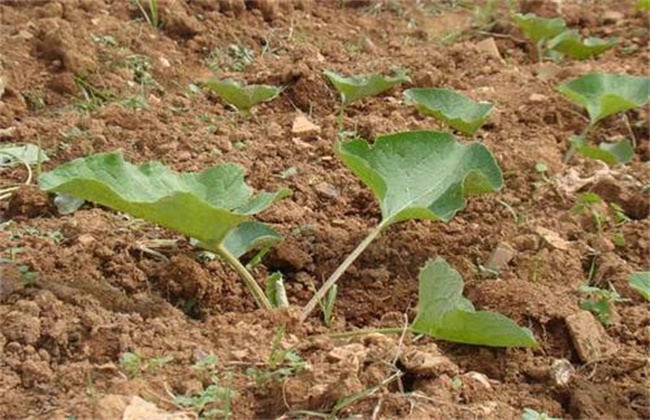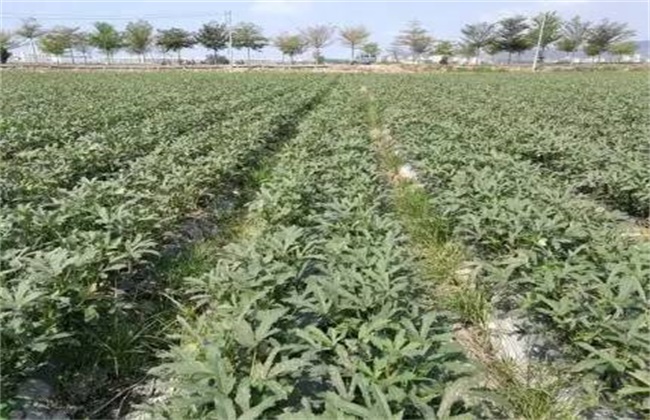Post-planting management techniques of balsam pear
Balsam pear is also called cold gourd, its flesh is crisp and tender, although it has a bitter taste, but because of its heat-clearing and detoxification, diuresis and other effects, it is very popular in summer and is an excellent summer vegetable. So how to manage balsam pear after planting? Come and have a look with the editor.

1. Temperature and humidity management
On the basis of sufficient planting water, balsam pear generally does not need watering and ventilation in the seedling stage, so that the temperature in the shed is kept between 25-30 degrees during the day and 14-18 degrees at night. In the normal management after the slow seedling, through the uncovering of the plastic film, the temperature can be maintained between 25-28 degrees during the day, no more than 30 degrees, 13-17 degrees at night, and no less than 12 degrees. After entering the melon period, the temperature increases and the light becomes stronger, which should be based on ventilation and cooling. At this time, the ventilation volume should be increased and the ventilation time should be prolonged.
2. Fertilizer and water management
Balsam pear is tolerant to fertilizer and barren. In order to ensure the normal growth and development of the plant and improve the yield and quality, timely fertilization is necessary. On the basis of applying sufficient basic fertilizer, if the plant is small, grows slowly and needs less fertilizer, it can not be topdressing and improve ploughing and loosening soil to preserve soil moisture. After entering the flowering and fruiting period, the temperature is higher, the plant growth is accelerated, and there is a large demand for fertilizer and water, so we should pay attention to topdressing in time to ensure seedling promotion and melon protection. It can be watered every 7-10 days, and potassium sulfate and urea are applied each 7 kg per mu.
3. Pruning and framing
Balsam pear stem vines grow luxuriantly, to the cultivation of strict pruning, balsam pear stem nodes are easy to produce adventitious roots, in order to expand the root absorption area, you can press the vine before the shelf. When the vine grows to 40-50 cm, it begins to set up the frame, and leads the vine to the shelf. Balsam pear has luxuriant stems and leaves and strong branching. In order to make the vine distribute reasonably, grow normally and bear melon, it needs to be pruned in time. When the main vine reaches a certain height, leave 2 or 3 side vines to climb on the shelf with the main vine, and all the other side vines and their tendrils are removed. After getting on the shelf, the re-produced side branches will leave branches with melons, and then top them, while no melons will cut off the whole side branches from the base.
4. Artificial pollination
The parthenocarpy rate of Momordica charantia is low, but artificial pollination can increase the fruit setting rate and promote fruit development. Because the wind is small in the greenhouse and how many insects are too much, it is very necessary to carry out artificial pollination. Artificial pollination can be chosen at 7-8 am. Remove the Corolla of the blooming male flowers and smear the anthers directly on the stigma of the female flowers to improve the fruit setting rate.
The above is the introduction of balsam pear management technology after planting, hope to help you, want to know more related knowledge, please pay attention to us.
Related
- Where is it suitable to grow horseradish in China? it is expected to see the middle altitude horseradish in Alishan.
- How to prevent tomato virus disease reasonably? (Control methods included)
- Many people like to plant towel gourd on the balcony. What are the main points of this method and management?
- What crops can chili peppers be mixed with?
- Fertilization techniques and matters needing attention in Tomato
- What are the grafting techniques for peach seedlings in spring?
- Harm and control methods of root swelling disease of Chinese cabbage
- What are the pests of sweet potatoes? How to prevent and cure it?
- Symptoms, causes and Control methods of navel Rot in Tomato
- The cause of "Cucumber rotten bibcock" in Farmers' planting Cucumber and its Control Plan



